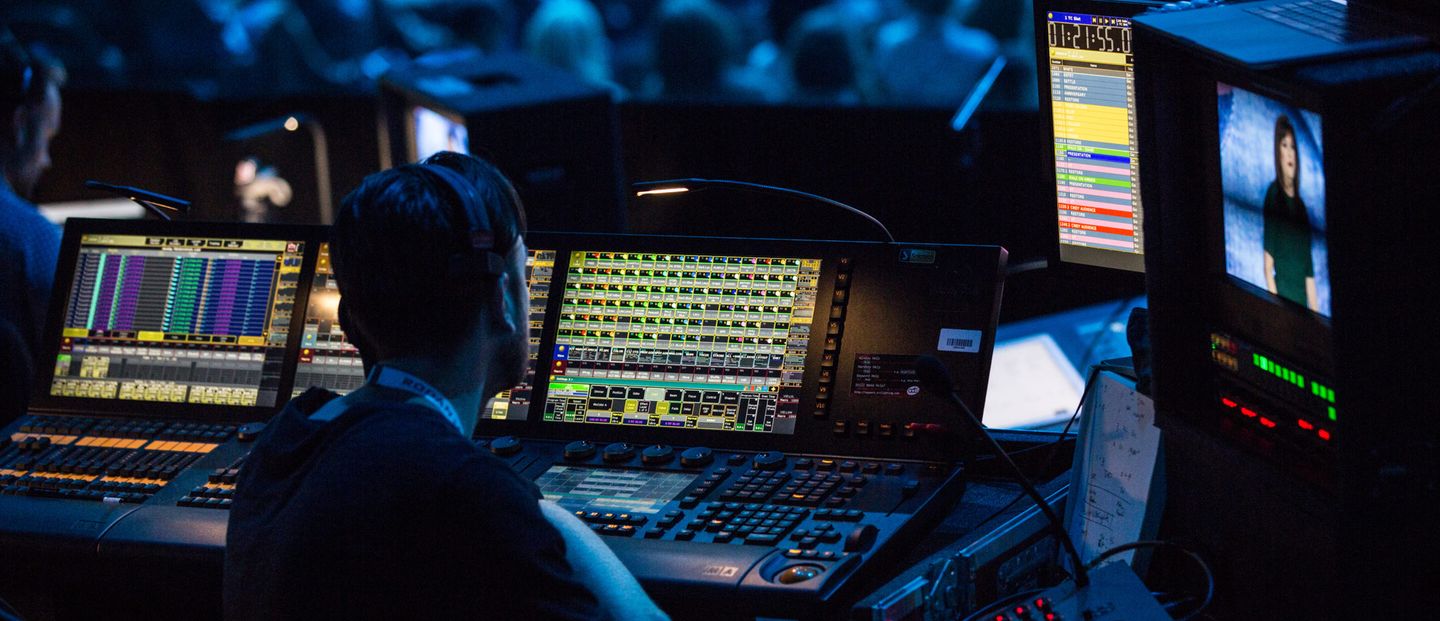How Production Business Transform Concepts Into Compelling Visuals
The procedure by which manufacturing firms change abstract principles right into engaging visuals is both detailed and systematic, starting with the critical phases of ideation and script development. As the project proceeds through pre-production, manufacturing, and post-production, each phase needs mindful attention to information and placement of creative elements.
Recognizing the Creative Refine
While the innovative procedure might differ dramatically from one production company to another, it commonly involves an organized method that stabilizes imaginative vision with sensible implementation. Originally, the procedure starts with ideation, where principles are brainstormed and fine-tuned. Throughout this phase, imaginative groups participate in discussions that discover themes, stories, and aesthetic designs, ensuring that the core message lines up with the designated target market.
Complying with ideation, the development phase takes center phase, where scripts, storyboards, and shot listings are carefully crafted. This stage is crucial as it converts abstract ideas into tangible plans, helping with a smoother production procedure. The imaginative team works together carefully, guaranteeing that every element, from casting to area looking, reflects the imaginative intent.
Post-production additionally improves the visuals and sound, finishing in a sleek last product that reverberates with the target market. Therefore, understanding this structured innovative procedure is vital for valuing exactly how production business transform principles right into engaging visuals.

The Function of Collaboration
Just how does collaboration boost the creative result of manufacturing firms? At its core, collaboration is an essential stimulant that cultivates technology and creative thinking within the production landscape.

In addition, collaboration motivates open interaction, which is crucial for browsing the intricacies of manufacturing. It cultivates an ambience where feedback is valued, enabling iterative renovations and adjustments that raise the end product. Ultimately, the collective spirit within production companies offers to transform first ideas right into compelling visuals that astound customers, reinforcing the importance of teamwork in attaining artistic excellence.
Pre-Production Fundamentals
Pre-production is a vital phase in the filmmaking procedure, usually incorporating five necessary actions that prepared for a successful production. The first action entails manuscript growth, where the screenplay is refined, guaranteeing that the narrative is natural and compelling. This is complied with by budgeting, which establishes the monetary structure for the job, determining crucial expenses connected to cast, crew, areas, and equipment.
The 3rd action is casting, an important procedure that involves selecting the appropriate stars to represent the characters authentically. A well-cast film can considerably boost the story's effect. Next off, place content hunting is performed to find ideal recording sites that straighten with the vision of the task, taking into account logistical elements such as availability and licenses.
Catching the Vision in Production
In the vibrant environment of a movie collection, recording the vision in production needs meticulous control and cooperation amongst all divisions. Each team, from cinematography to art direction, plays a crucial duty in converting the movie script into visual imagery that resonates with target markets. The supervisor's vision should be efficiently interacted to make sure that every shot, angle, and illumination selection lines up with the overarching narrative.
Cinematographers are charged with picking camera tools and lenses that finest share the tale's tone, while manufacturing developers create immersive atmospheres that boost the aesthetic experience. Closet and make-up teams contribute by shaping characters through their appearance, reinforcing the narrative's themes.
Sound layout and songs likewise enhance the visuals, establishing psychological context and heightening audience involvement. Daily control conferences and on-set interaction networks facilitate real-time adjustments, ensuring that any kind of imaginative subtleties are caught as they develop.
Inevitably, recording the vision in production has to do read with balancing these varied aspects to develop a natural and compelling aesthetic story. The collective effort not just brings the manuscript to life however also lays the structure for an effective cinematic experience.
Post-Production: Refining the End Product
Post-production plays a critical duty in improving the final item, changing the raw video recorded throughout manufacturing into a polished cinematic experience (production companies nashville tn). This phase includes numerous vital procedures, consisting of editing and enhancing, audio design, color improvement, and visual results, each contributing to the overall narrative and emotional influence of the film

Sound layout is similarly crucial, including the addition of dialogue, audio results, and climatic sounds that enrich the checking out experience - production companies nashville tn. The cautious layering of audio elements assists immerse the audience in the tale world
Shade adjustment further improves aesthetic charm, readjusting hues and contrasts to develop a natural aesthetic that lines up with the movie's mood. This step makes sure that each framework reverberates mentally with visitors.
Verdict
Finally, the transformation of concepts right into compelling visuals necessitates a structured and collaborative method within production companies. By prioritizing interaction and sychronisation throughout the imaginative process-- from ideation and pre-production to manufacturing and post-production-- these companies efficiently straighten different artistic components with the narrative. This meticulous technique not only improves storytelling however also captivates target markets, ultimately resulting in immersive and appealing motion picture experiences that reverberate deeply with customers.